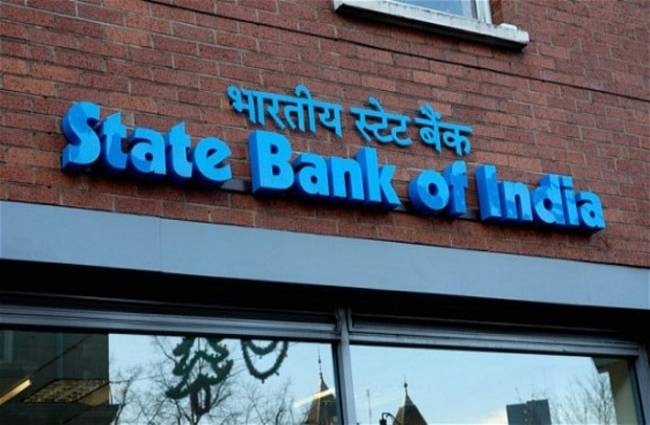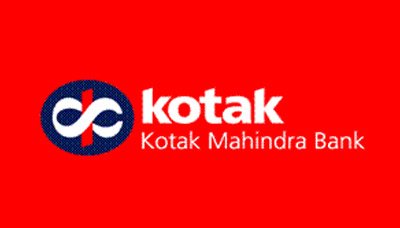The first ever large-scale consolidation in the Indian banking industry is underway, with the merger of six banks with the State Bank of India. The amalgamation is set to create a banking behemoth with an asset book of Rs 30 lakh crore, amounting to one-fourth of the Indian banking system. Post merger SBI is expected to have 24,000 branches.
The Board of State Bank of India (SBI) on Thursday approved the merger of three associate banks with itself after six independent valuers approved and arrived at a fair value, and a swap ratio.
The deal involves allotting 28 shares of SBI (having face value Re 1) for every 10 shares (having a face value of Rs 10) in State Bank of Bikaner and Jaipur (SBBJ) and 22 shares of SBI for every 10 shares (having a face value of Rs 10) held in State Bank of Mysore and State Bank of Travancore.
In the case of Bharatiya Mahila Bank, which will also be merged with SBI, the bank will issue 4,42,31,510 shares of SBI against every 100 crore shares of BMB. As for two unlisted units – State Bank of Patiala and State Bank of Hyderabad, two wholly-owned subsidiaries of SBI, where the bank holds 99% stake, it would be line by line merger. Post approval, State Bank of Travancore, State Bank of Mysore, State Bank of Bikaner and Jaipur, State Bank of Hyderabad, State Bank of Patiala and Bharatiya Mahila Bank will stand merged with SBI. The government gave the go-ahead to the merger of five associate banks of SBI and Bharatiya Mahila Bank in June.
Dinesh Khara, managing director in charge of associates & subsidiaries at SBI, said, “Very detailed independent valuations were undertaken to arrive at the swap ratio. SBI appointed EY and each of the associate banks appointed independent valuers. A fairness opinion was also sought from JM Financial and ICICI Securities.” Abizer Diwanji, partner and national leader financial services, EY, said, “We employed a couple of methods to arrive at the swap ratio. We took a weighted average of three methods to work out the pricing, prime being the market cap where the market pricing of SBI in comparison to the subsidiaries was considered. The other methods were book value and comparative strengths of the banks.”
“Post merger, SBI will have about 24,000 branches. The SBI bank has about 16,700 branches and subsidiaries have 6,700 branches. The merger is expected to take less than a year to implement. It is expected to involve rationalisation and merger of branches but there will be no job losses. All the employees will be absorbed in the merged entity,” Khara said. On Thursday, the shares of SBI and its subsidiaries closed higher on the BSE. The SBI stock closed 0.79% higher at Rs 246.20, while SBBJ closed higher by 3.49% to Rs 673.30 and SBM closed 2.06% higher at Rs 621.70 following the announcement of the swap ratios.
Religare Research said in a note, “Barring SBM shareholders, the share allotment ratio is broadly even for all the holders. In our view, even if the allotment ratio is favourable/ unfavourable for shareholders of associate banks, it is unlikely to make any difference since SBI holds 75-90% in these banks.” “SBI’s asset quality is better than its peers. However, we don’t see any material improvement in SBI’s asset quality upon merger since the asset quality of its associate banks is weak.
In addition, the clean-up exercise should continue for associate banks in the second quarter of 2016-17 since their Asset Quality Review (AQR ) list is substantially different from SBI. This would further deteriorate their asset quality,” Religare report said. SBI first merged State Bank of Saurashtra with itself in 2008. Two years later, State Bank of Indore was merged.
SBI board clears merger of six banks






